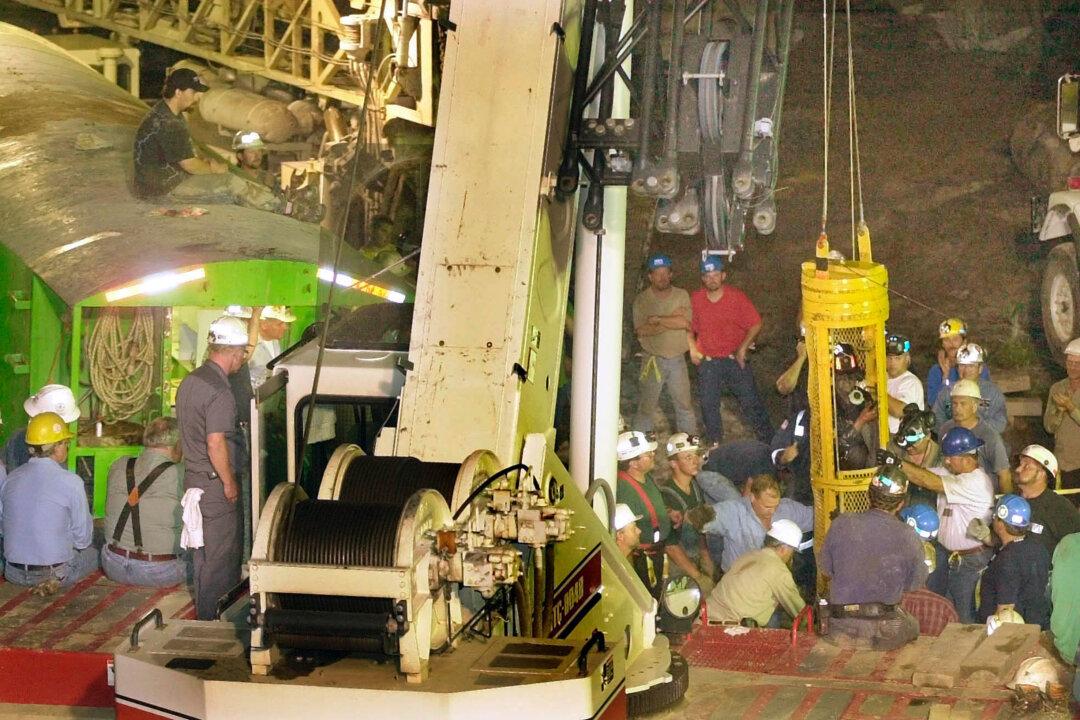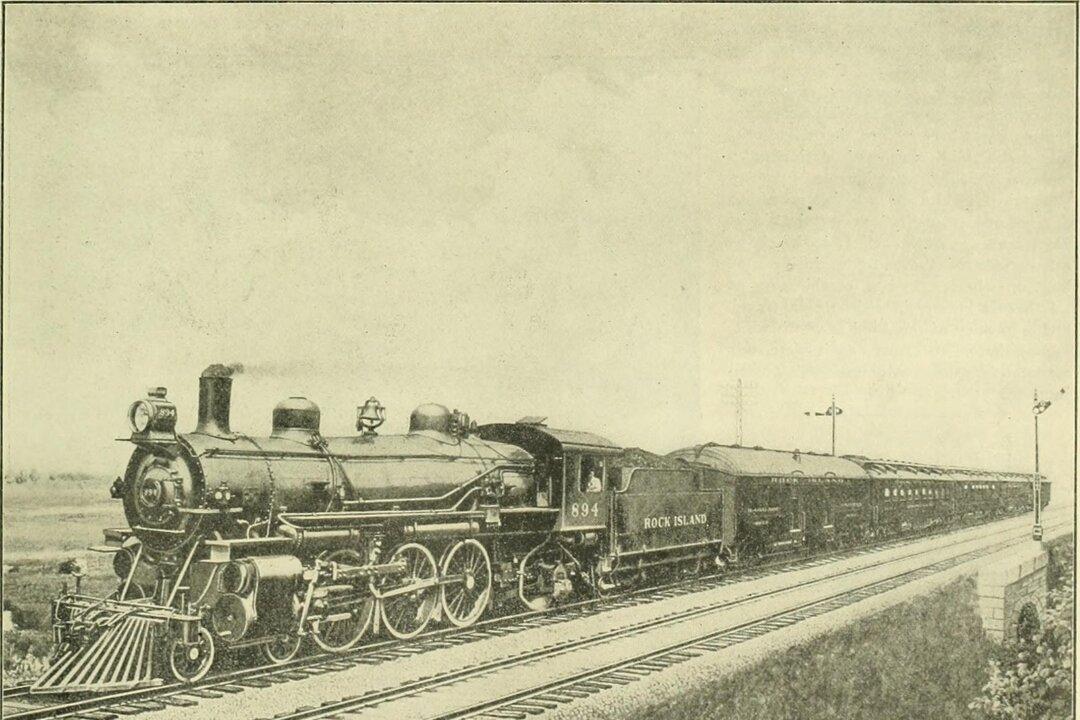What should have been just a normal day’s work in a Pennsylvania coal mine tragically turned into an unforgettable event. Nine miners found themselves trapped hundreds of feet underground for 77 hours after the mine flooded. Luckily, after a rescue effort that involved hundreds of people from across the state (and even the nation), all of the men were saved.
On July 24, 2002, 18 miners (split up into two teams of nine) were working 240 feet underground in the Quecreek No. 1 Mine in southern Pennsylvania when they suddenly realized something was wrong. Due to outdated maps, the crew members inadvertently broke into an adjacent mine that was flooded.
As soon as members of one of the crews noticed water was pouting into the space they were working in, they used the underground telephone to alert the other team. That team quickly exited, escaped the flooding mine, and alerted authorities before 10 p.m. Unfortunately, the group who alerted the other nine men were too late and were trapped by the rapidly rising water.
After hearing the details of the situation from the miners who escaped, mine engineers knew they had to work fast to save the stranded miners before the area completed flooded. The trapped miners were losing oxygen fast, so the rescuers first started drilling for a 6.5-inch-wide air shaft so the miners could breathe.
The drill reached the top of the mine cavity where the men were stranded at about 5 a.m. the next morning. Later, the men underground tapped nine times on the air pipe inserted underground to signify that all nine were alive and well.
Then, as the rescuers were figuring out how to drill a hole big enough to get the miners out, other drillers started making holes in the mine to pump the quickly rising water out of the cavity. Meanwhile, authorities eventually found a giant drill that could drill a 30-inch diameter hole to accommodate a rescue cage.
Nearly 24 hours after around 75 million gallons of water flooded into the mine, the “super drill” coming from West Virginia arrived via police escort. The giant drill started making its way through the rock when the drill bit suddenly snapped nearly halfway down. To make matters worse, the broken bit was stuck inside the hole.
The rescuers then knew that they would need a special fabricated tool, which would normally take three or four days to make, to remove the stuck drill bit. But after hearing the news, a machine shop located in another Pennsylvania county rounded up its crew of 95 employees and worked overnight to construct the special extraction tool in around three hours. The part was then flown in on a helicopter.

After the hole was dug, a rescue capsule 22 inches wide and 8.5 feet tall was used to extract the miners one at a time, with the last one emerging from the mine just before 3 a.m. on July 28.
The rescue event was used as a model for other rescues, including when 33 Chilean miners were stuck in a mine in 2010. Officials said that if the Quecreek rescue hadn’t been successful, they would not have even attempted the recovery.








